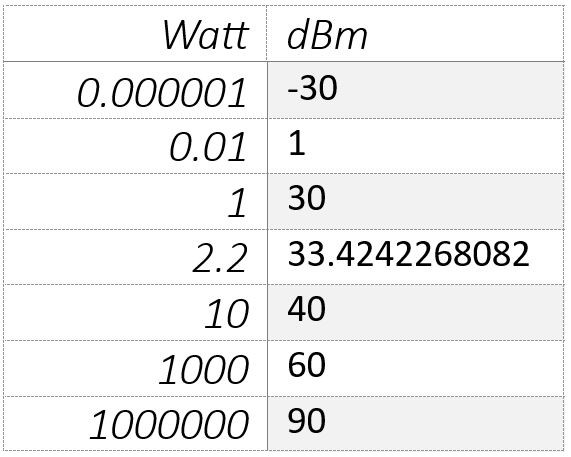dBm 101
Thursday, February 22, 2024
Thursday, February 22, 2024
Whether you are an experienced laser user or brand new in the field, you certainly are very familiar with the widely used power unit Watt (W), equivalent to 1 Joule per second. You are also probably aware that depending on the field you’re interested in, other units might be used instead. In the automotive industry, HP (horsepower) is the norm to describe the power generated by combustion engines. When electricity bills are involved, your energy provider usually prefers to refer to power as kWh. When sound levels need to be checked at your favorite concert, dB (Decibels) is the way to go. Up to this point, so far so good!
But then, comes this guy: dBm. You might then wonder, what’s this all about? Keep reading to find out!
Since for some of you, what you’re actually looking for is the formula to convert Watts to dBm, we’ve decided to start by simply throwing it at your face. Here it is:

Ensure you purchase the most optimal solution for your measurement needs with this checklist.
Download it now, it's helpful and free!
Want to know more about it? Let’s go!
Beforehand, understand that the choice of using a logarithmic scale, like decibel, is usually required when you’re expecting variations of multiple orders of magnitudes. Otherwise, a linear scale, like watts would make more sense and give a quicker grasp of the numbers when compared to one another.
Decibels measurements to have some kind of meaning, need two different values since it’s a ratio. In the case of dBm, we chose a specific reference value to be compared to, 1 mW. Said simply, what you do is you put in a base 10 logarithmic scale, the actual power ratio of Watts over 1 mW.
There is one specific industry that adopted this unit to describe power in a more general way: Telecommunications. Many technological components used in this domain are rated in the form of signal-to-noise ratio and the expected powers in this field can either be very small as they can be very large. When coupling a laser to multiple optical fibers or components, expressing power in dBm is, therefore, more convenient, just as using electronvolt (eV) is way more convenient than using 1.602 x 10-19 joules to calculate energies of electrons in particle physics.
Here are some values expressed in watts compared to their dBm counterpart to understand how convenient the scale can be.

As you can see, we easily expressed a 12 orders of magnitude difference, going from µW to MW with simply 2 digits using the dBm scale. But the number of digits would be fairly big to have a precise measurement. Then, one can understand that the dBm scale is less meant for precision than for having a quick grasp of the powers at hand.